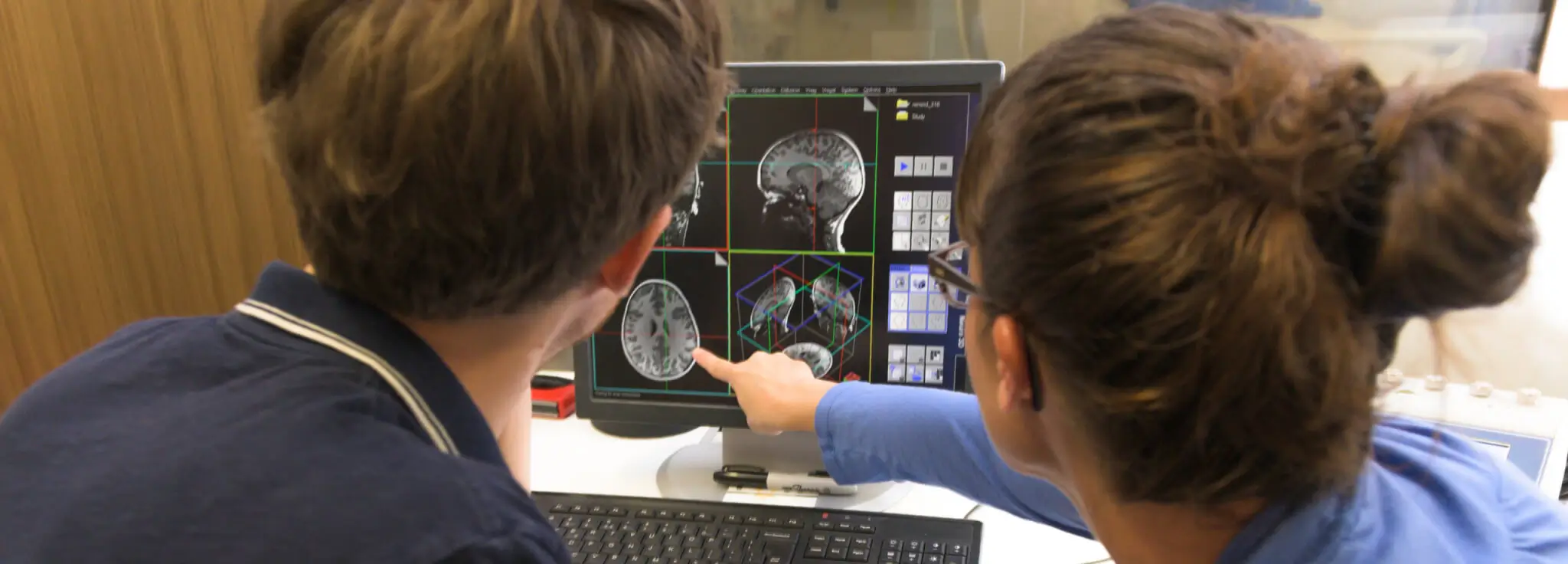Publications
From studies of memory development to how memories influence our decisions, there is a lot going on at the Preston Lab. View our scientific papers:

Thank you! Your submission has been received!
Oops! Something went wrong while submitting the form.
IN PRESS
PRE PRINTS
2025
Increasing representational capacity in the hippocampal-frontoparietal system underlies hierarchical development of temporal memory
Friend, O.W., Pathman, T., & Preston, A.R.
PsyArXiv
IN PRESS
PRE PRINTS
2025
Development of memory linking supports precise temporal inference
Friend, O.W., Varga, N.L., Coughlin, C., & Preston, A.R.
PsyArXiv
IN PRESS
PRE PRINTS
1900
Distinct hippocampal mechanisms support concept formation and updating
Mack, M.L., Love, B.C.*, & Preston, A.R.*
bioRxiv
IN PRESS
PRE PRINTS
Development of anterior hippocampal integration underlies the protracted emergence of cognitive map formation and generalization
Varga, N.L.*, Friend, O.W.*, Dutcher, A.M., Roome, H.E., Schlichting, M.L., Sherrill, K.R., Coughlin, C., & Preston, A.R.
bioRxiv
IN PRESS
PRE PRINTS
Developmental differences in the temporal organization of autobiographical recall
Friend, O.W., Bhakta, M.R., Gowda, E., & Preston, A.R.
PsyArXiv
IN PRESS
PRE PRINTS
Efficient uniform sampling explains non-uniform memory of narrative stories
Mu, J., Preston, A.R.*, & Huth, A.G.*
bioRxiv
IN PRESS
PRE PRINTS
2025
Age-related differences in the relationship between sustained attention, associative memory, and memory-guided inference
Tran, T.T., Madore, K.P., Tobin, K.E., Block, S.H., Puliyadi, K., Hsu, S.C., Preston, A.R., Bakker, A., & Wagner, A.D.
Cognitive, Affective, & Behavioral Neuroscience, 25(4), 1001-1021.
IN PRESS
PRE PRINTS
2025
Differentiation of related events in hippocampus supports memory reinstatement in development
Varga, N.L., Roome, H.E., Molitor, R.J., Martinez, L., Hipskind, E.M., Mack, M.L., Preston, A.R.* & Schlichting, M.L.*
Journal of Cognitive Neuroscience, 37(4), 853-894.
IN PRESS
PRE PRINTS
2024
General knowledge and detailed memory benefit from different learning sequences
Noh, S.M., Bjork R.A., & Preston, A.R.
Journal of Applied Research in Memory and Cognition, 13(3), 329341."
IN PRESS
PRE PRINTS
2024
Asynchronous development of memory integration and differentiation influences temporal memory organization
Coughlin, C.*, Pudhiyidath, A.*, Roome, H. E., Varga, N. L., Nguyen, K. V., & Preston, A. R.
Developmental Science, 27(2): e13437.
IN PRESS
PRE PRINTS
2024
Schema, inference, and memory
Varga, N.L., Morton, NW, & Preston, A.R.
In M.J. Kahana & A.D. Wagner (Eds.) Oxford Handbook of Human Memory (pp. 1400-1425). New York: Oxford University Press.
IN PRESS
PRE PRINTS
2023
Development of human hippocampal subfield microstructure related to associative inference
Vinci-Booher, S., Schlichting, M.L., Preston, A.R., & Pestilli, F.
Cerebral Cortex, 33(18):10207-10220.
Participate
Are you interested in how your brain works? We are actively recruiting children, adolescents and adults ages 5-95 for our studies of memory development.

